Is New York Safe: an Insider's Guide to NYC Safety
New York City. It’s the energy, the ambition, the center of the universe. But whether you’re planning a visit or a permanent move, the big question always looms: Is it actually safe?
As a New Yorker, I get asked this all the time. The short answer is yes, it is—but "safe" in NYC means being smart, aware, and prepared. It’s not about fear; it’s about understanding the city’s rhythm.
Forget the scary headlines and outdated myths. This guide will give you a realistic, data-driven look at safety in NYC for 2025, breaking it down borough by borough. As a bonus, we’ll share how we New Yorkers keep our homes secure, with a shout-out to Kangaroo, a home security company born and bred right here in NYC.
The Big Picture: NYC Crime Rates in 2025
First, let's look at the data. While the news often focuses on sensational incidents, official statistics paint a clearer picture. According to the latest available data from the NYPD, the city continues to see a post-pandemic stabilization of crime rates.
Here’s a simplified snapshot of the citywide trends:
Crime Category Trends (2025)
| Crime Category | 2025 Trend vs. Previous Years | Key Takeaway |
|---|---|---|
| Violent Crime | Overall decrease; concentrated in specific precincts. | While serious, the risk to the average person in most areas is low. |
| Property Crime | Remains the most common issue, especially in tourist areas. | This includes theft of unattended items, package theft, and car break-ins. |
The key takeaway is that for most residents and visitors, the primary concern isn't violent crime, but rather property crime. For more detailed, up-to-the-minute data, you can always check the official NYPD CompStat 2.0 portal.
A Borough-by-Borough Safety Breakdown
NYC isn't one single place; it's a collection of vastly different neighborhoods. Safety can change from one block to the next.
Manhattan
The Vibe: The iconic heart of the city. Bustling, dense, and always awake.
Safest Neighborhoods: The Upper West Side, Upper East Side, Tribeca, and Battery Park City consistently rank as very safe due to their residential nature and strong community presence.
Areas Requiring More Caution: Tourist-heavy areas like Times Square and Herald Square have higher rates of pickpocketing and theft. Be extra vigilant with your belongings here.
Brooklyn
The Vibe: A diverse and sprawling borough known for its cultural scenes, from hipster enclaves to historic brownstone communities.
Safest Neighborhoods: Park Slope, Brooklyn Heights, and Carroll Gardens are known for their family-friendly, safe environments. Bay Ridge is another famously safe and tight-knit community.
Areas Requiring More Caution: Neighborhoods like East New York and Brownsville have historically faced challenges with violent crime, though significant city resources are focused on improving safety there.
Queens
The Vibe: The most ethnically diverse urban area in the world, offering a mix of quiet suburban streets and vibrant, bustling commercial centers.
Safest Neighborhoods: Bayside, Forest Hills, and Astoria are frequently cited as some of the safest places in the entire city, with low crime rates and strong neighborhood ties.
Areas Requiring More Caution: Areas like Jamaica and Flushing, while generally safe, have busy commercial hubs and transit centers that can see higher rates of property crime.
The Bronx
The Vibe: Home to Yankee Stadium, beautiful parks, and a rich history. The Bronx is undergoing significant revitalization.
Safest Neighborhoods: Riverdale and City Island feel almost suburban, with tree-lined streets and very low crime rates.
Areas Requiring More Caution: Parts of the South Bronx continue to struggle with higher crime rates, and it's an area where situational awareness is particularly important.
Staten Island
The Vibe: The most suburban of the five boroughs, known for its parks, single-family homes, and quieter pace of life.
Safest Neighborhoods: The entire borough generally boasts the lowest crime rates in NYC. Neighborhoods on the South Shore, like Tottenville and Great Kills, are considered exceptionally safe.
Areas Requiring More Caution: The areas closest to the St. George Ferry Terminal see slightly higher crime rates, as is typical for major transit hubs.
Street Smarts: Safety Tips New Yorkers Actually Use
Forget the generic advice. Here’s how locals navigate the city safely.
The Subway Shuffle: If a subway car is completely empty at a busy time, there's usually a reason. Don't get in. Move to a car with more people.
Walk with Purpose: Even if you’re lost, don’t look lost. Walk confidently and keep your head up.
The Bodega is Your Friend: If you ever feel uncomfortable, the safest place to duck into is nearly always the nearest brightly-lit corner store (bodega).
Headphones Off, Eyes Up: In quiet areas or late at night, take one earbud out. The ability to hear your surroundings is your best defense.
Securing Your Slice of the City: Home Security for New Yorkers
Street smarts are crucial, but true peace of mind starts at home. For New Yorkers, especially apartment dwellers, home security comes with unique challenges—strict building rules, limited space, and the constant flow of people.
That’s where being a local company matters. Kangaroo is a New York-based company founded on the idea that everyone, even a renter in a fifth-floor walk-up, deserves to feel secure. Our systems are designed for NYC life:
100% DIY & Drill-Free: No need to anger your landlord. Our sensors and cameras are installed in minutes with professional-grade adhesive.
Perfect for Apartments: Monitor your door, windows, or your whole living room. Get an instant alert on your phone if a motion sensor is triggered or a door is opened.
Package Theft Protection: Use our Doorbell Camera or Motion Sensors to finally get a handle on package thieves, a top concern for property crime in the city.
"No matter which devices you choose, or which plan you choose, Kangaroo provides amazing bang for your buck. Simple components, easy setup, secure data storage... As a network and security engineer, I can say they've done it right." - Dalton, App Store Review

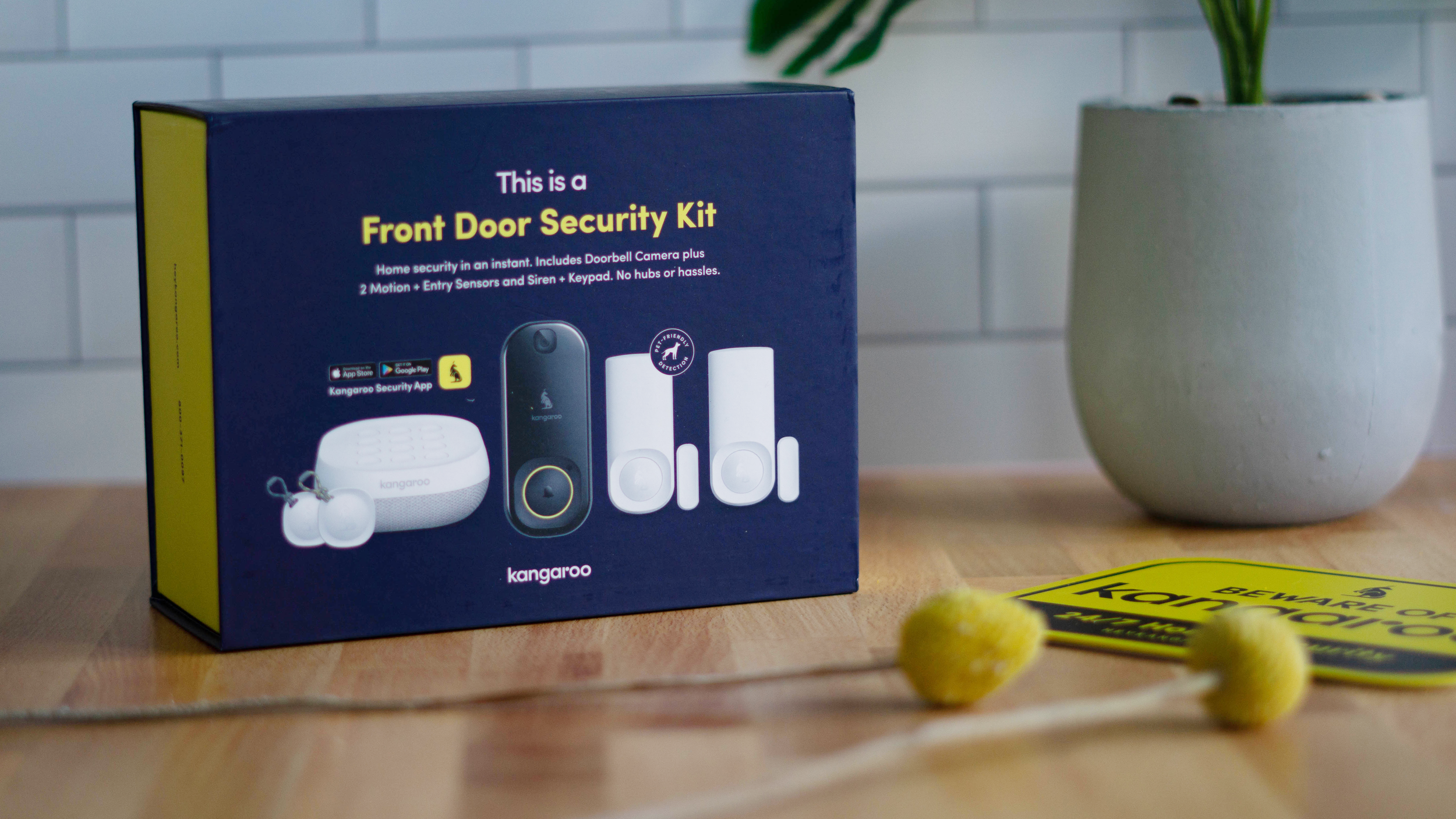
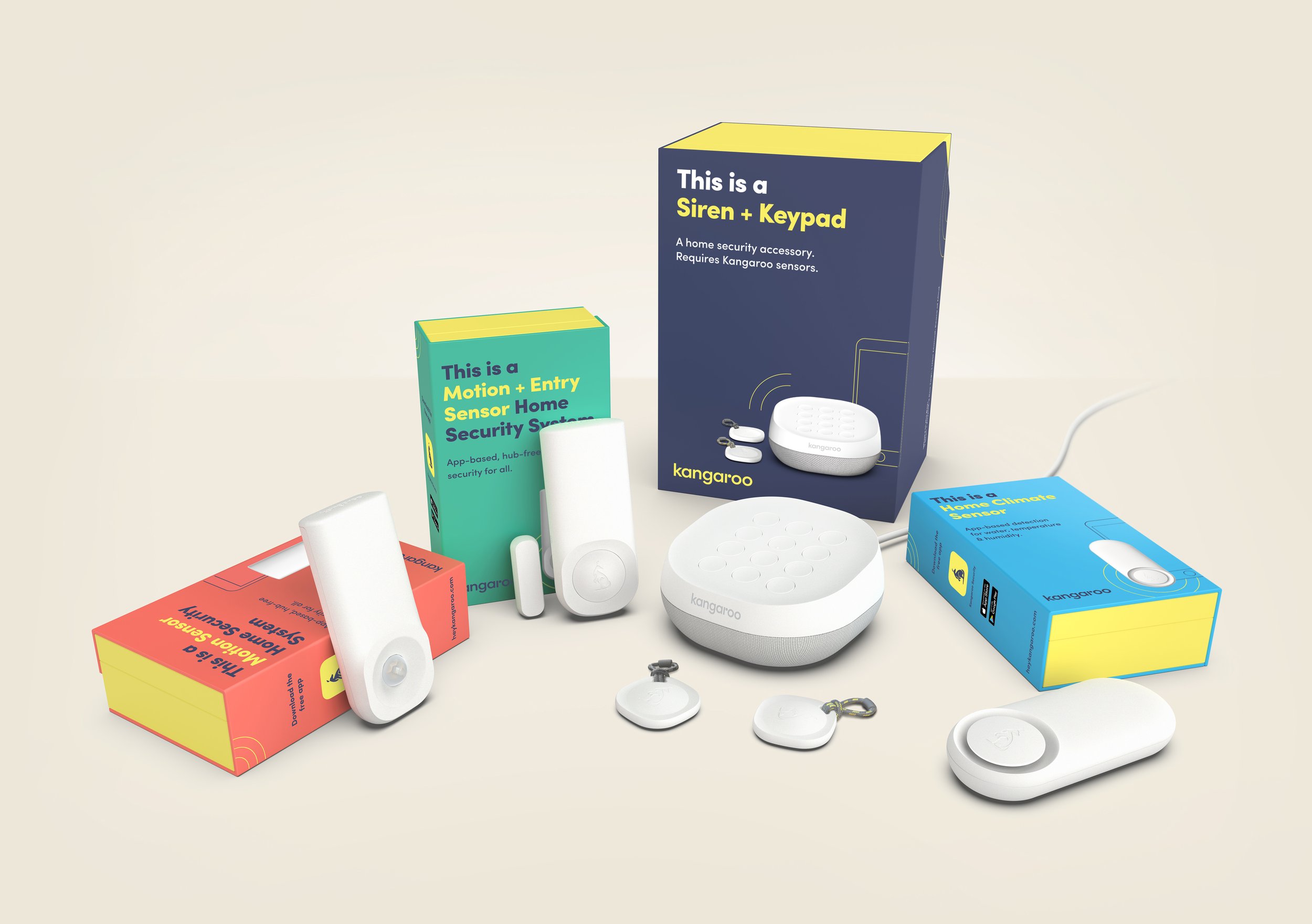
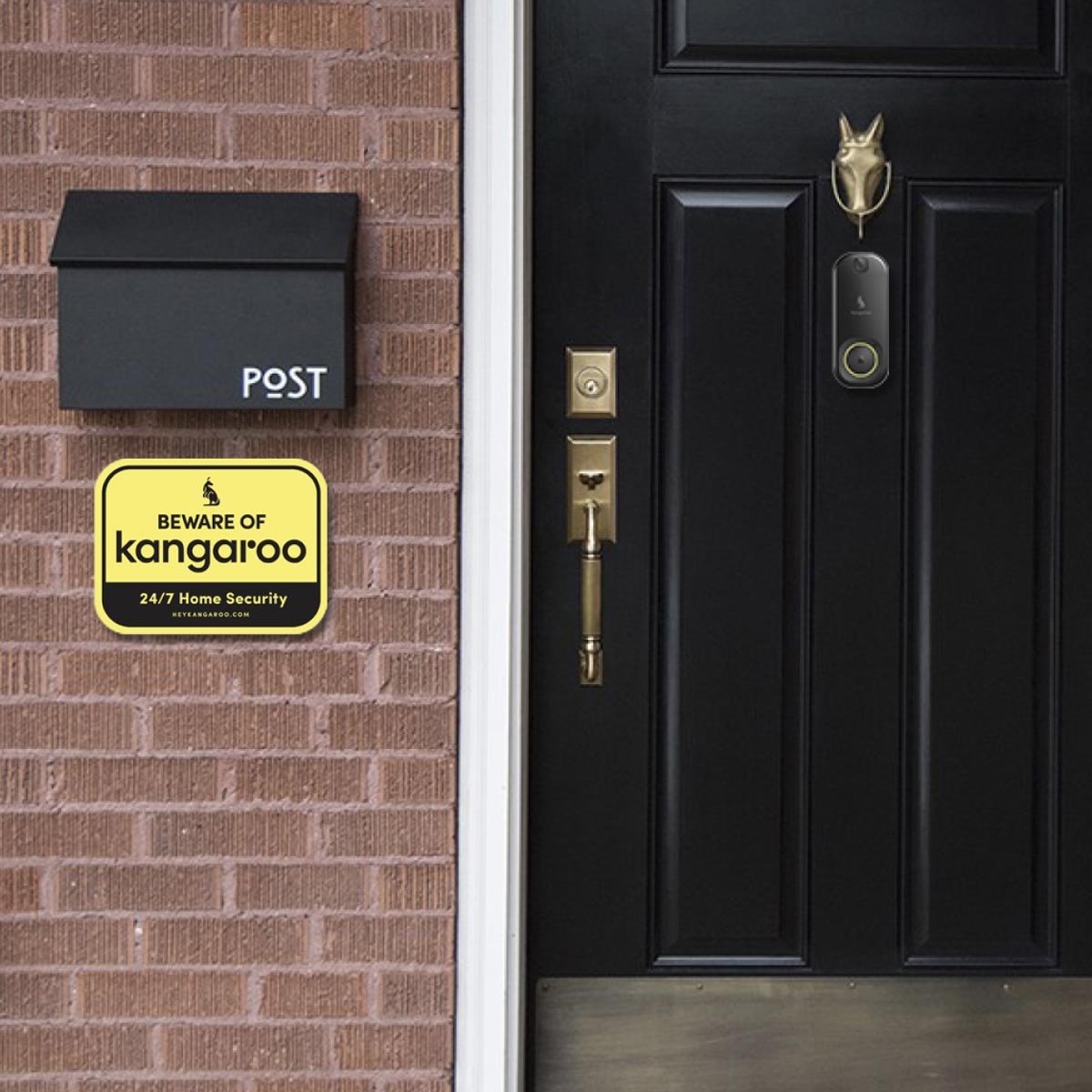

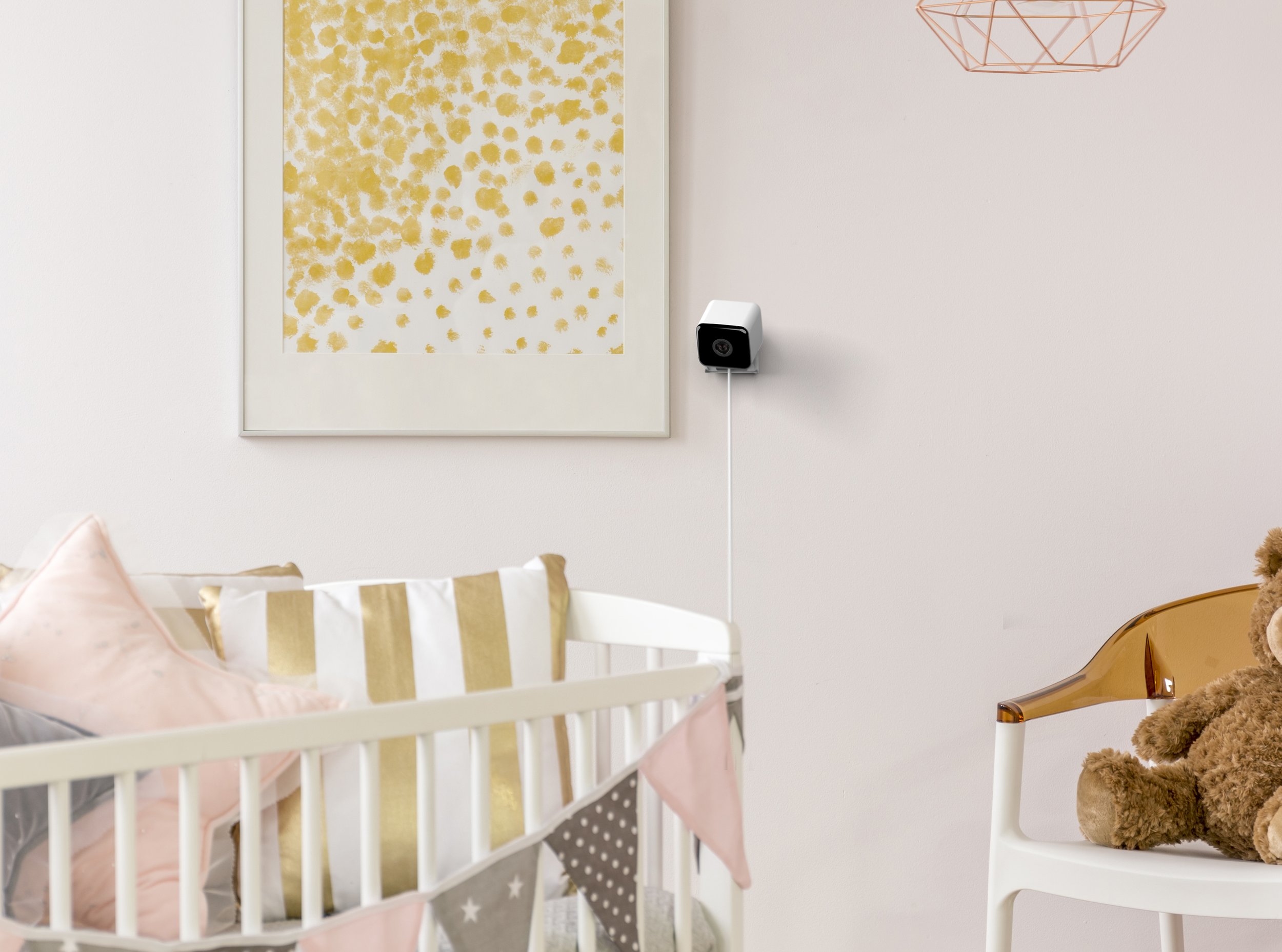
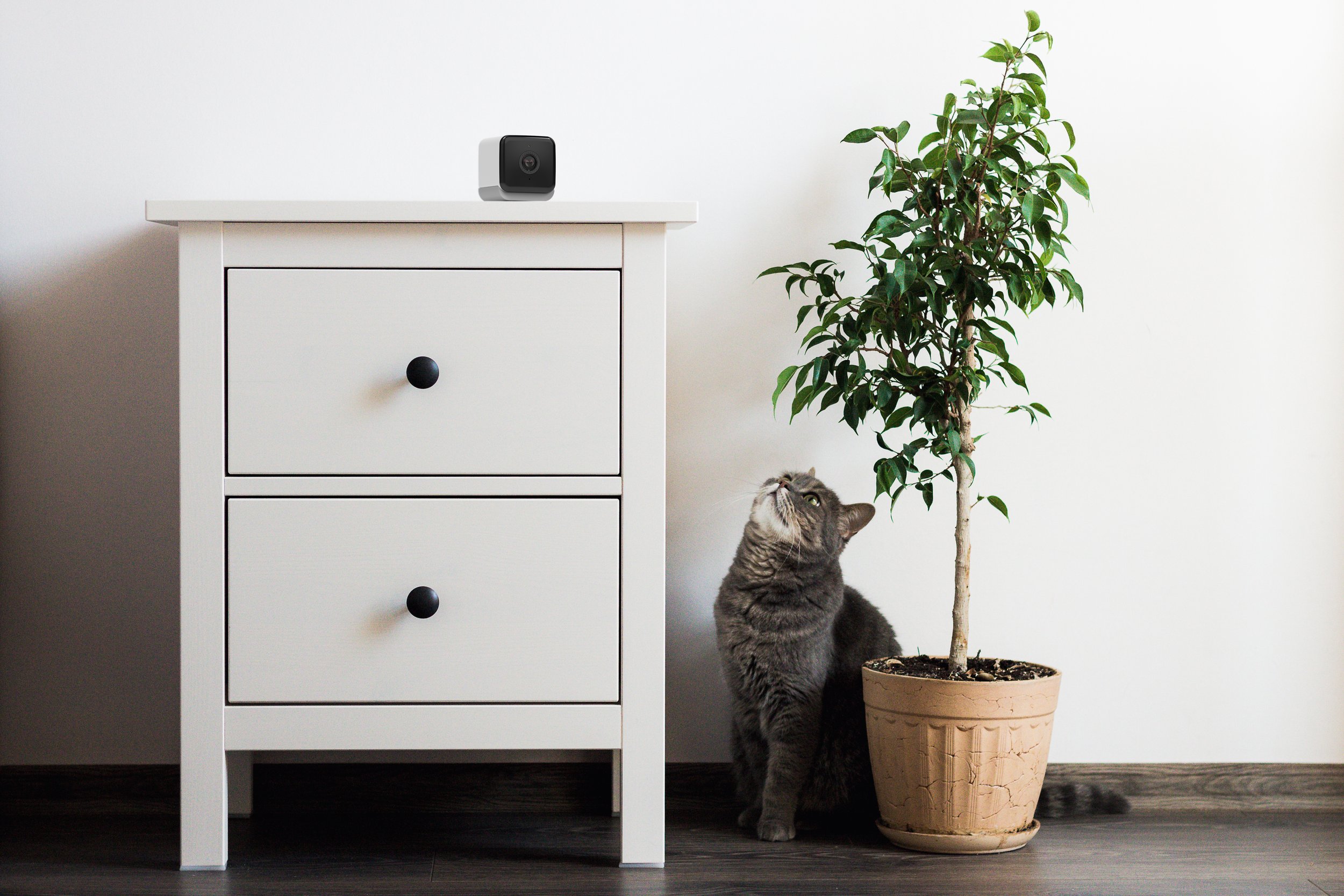
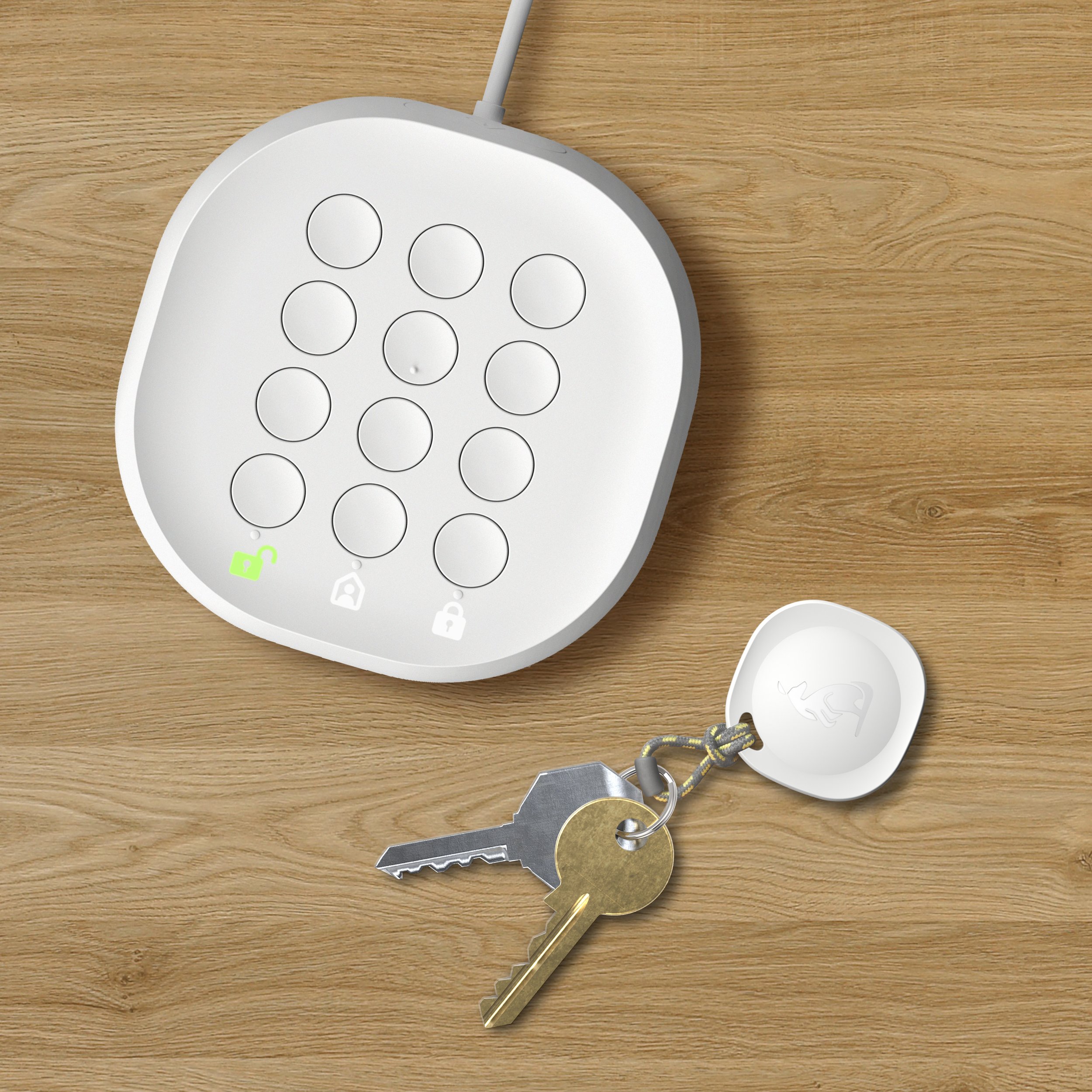
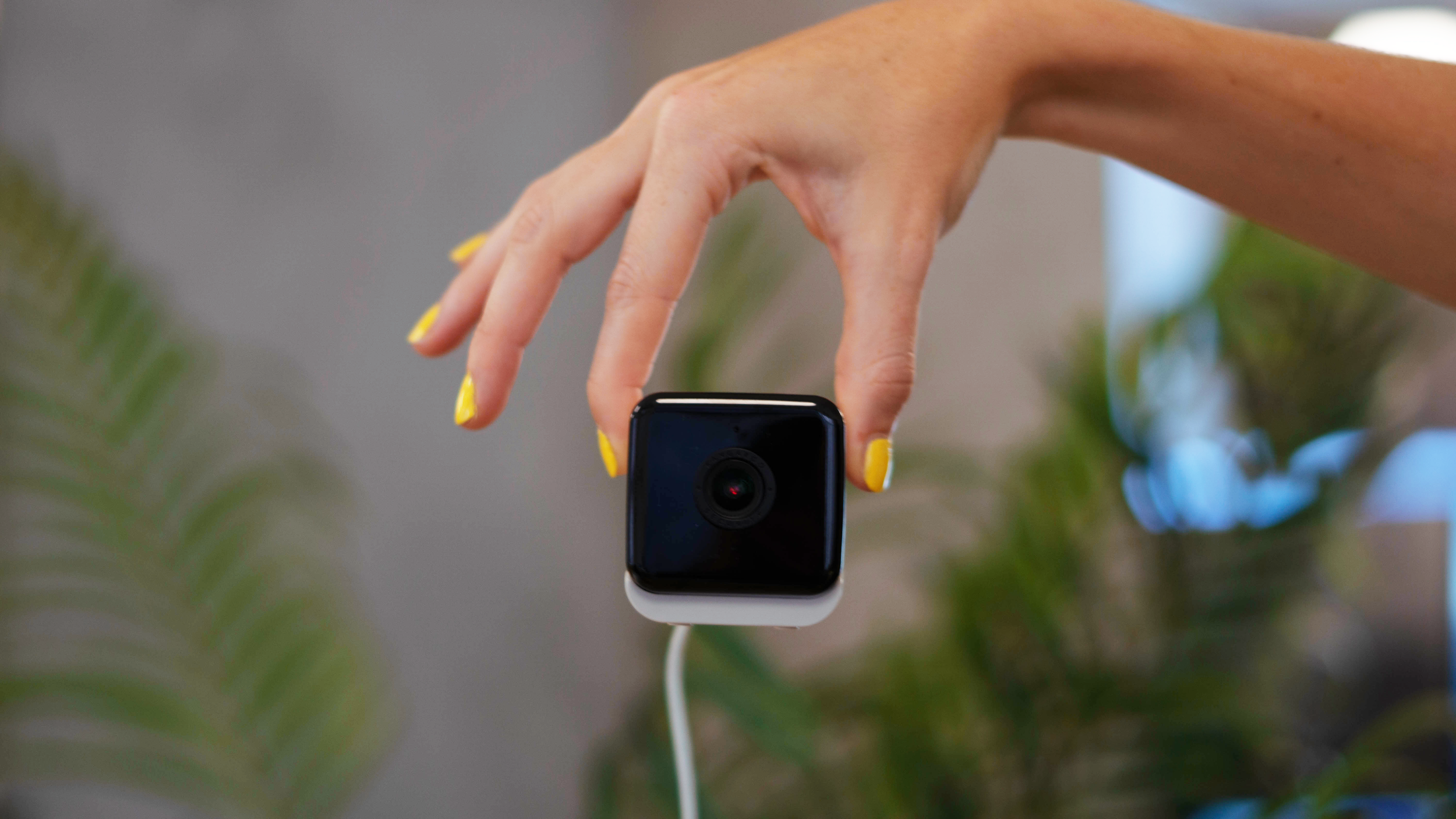
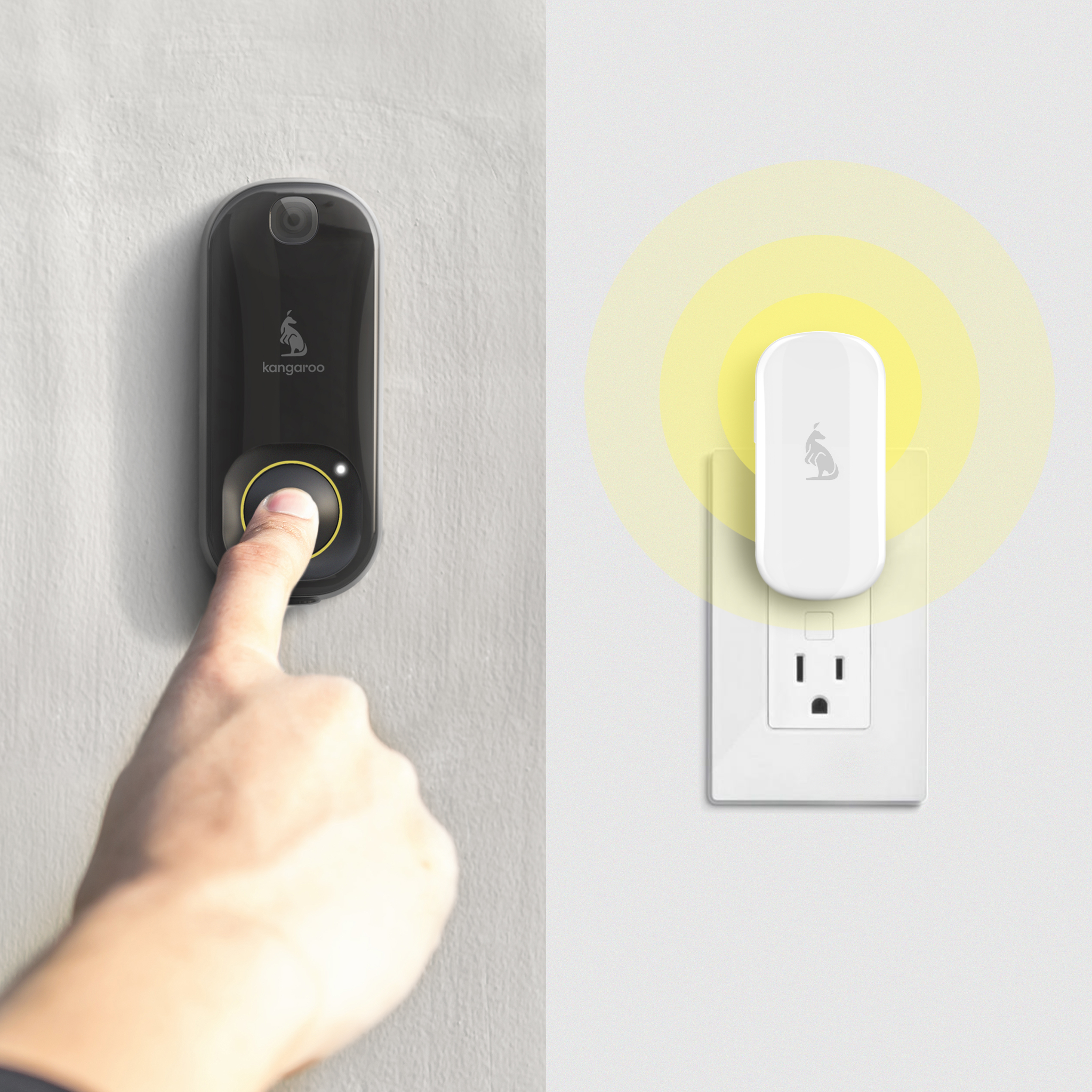
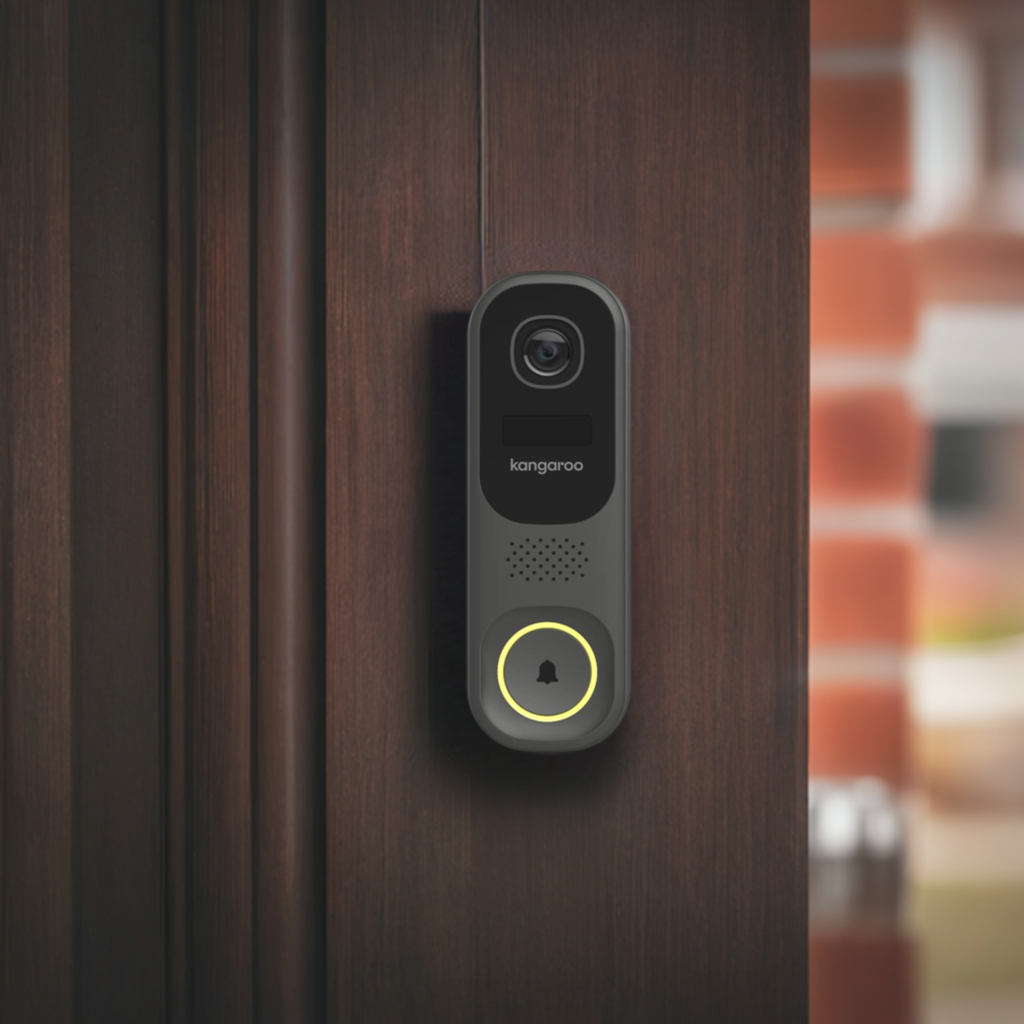
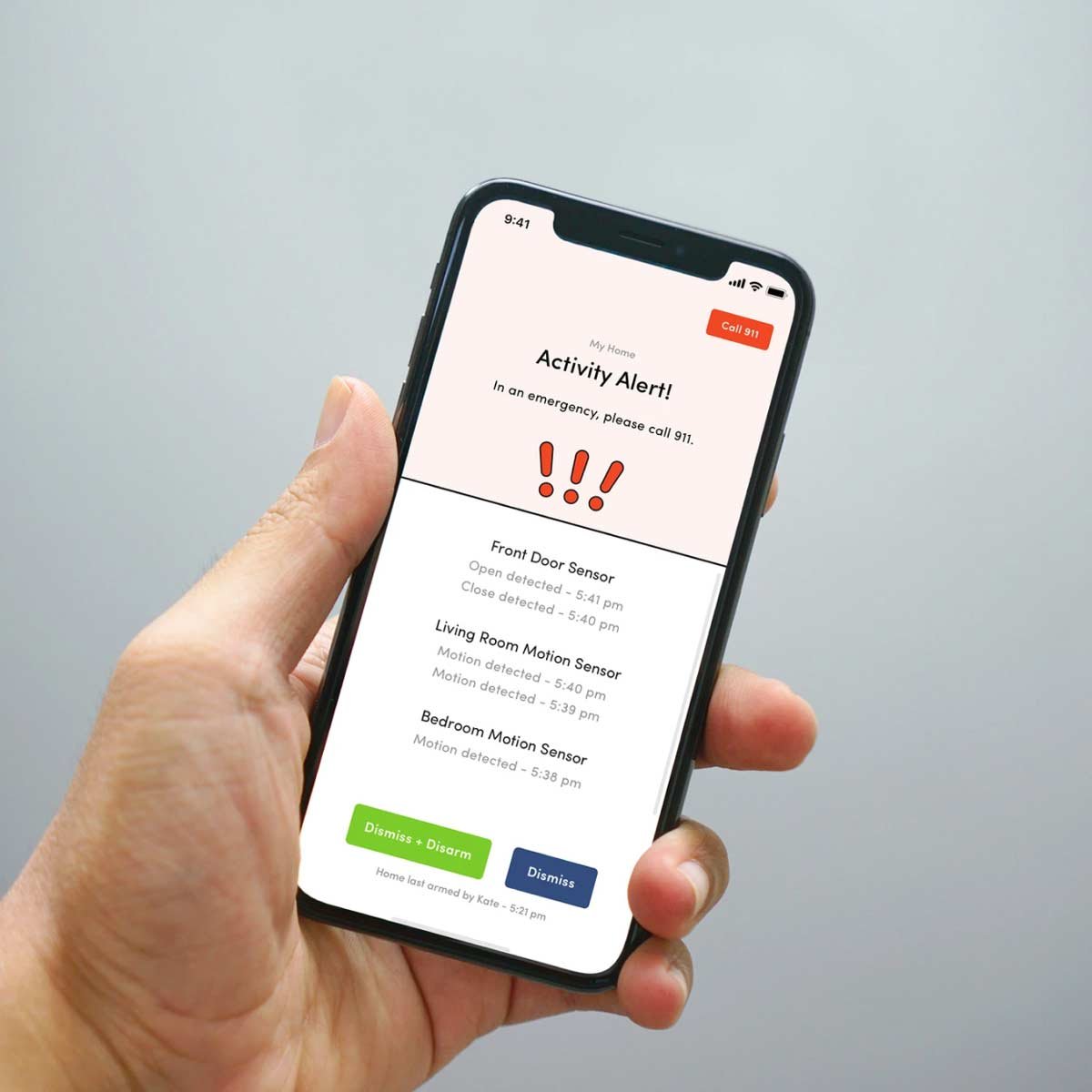
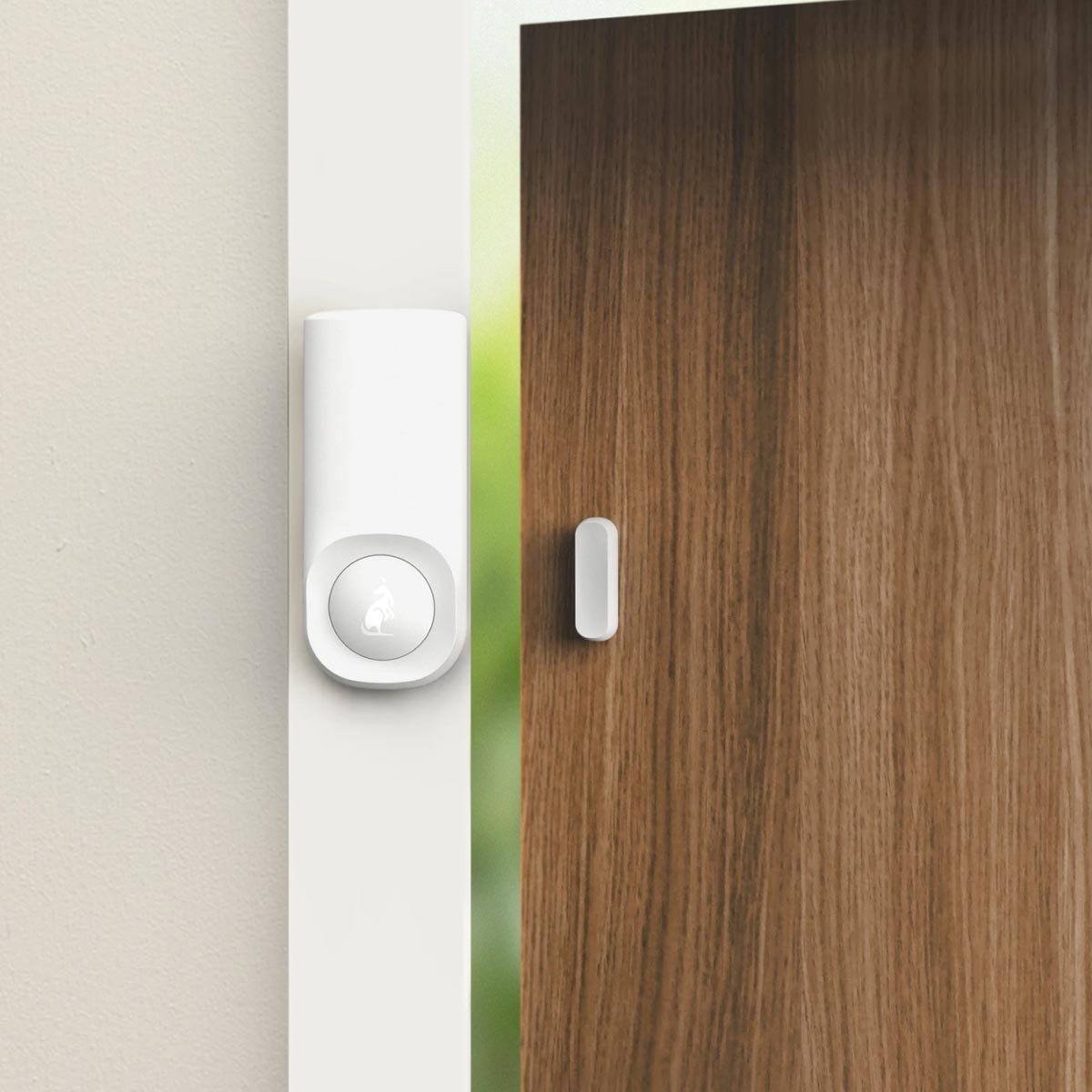
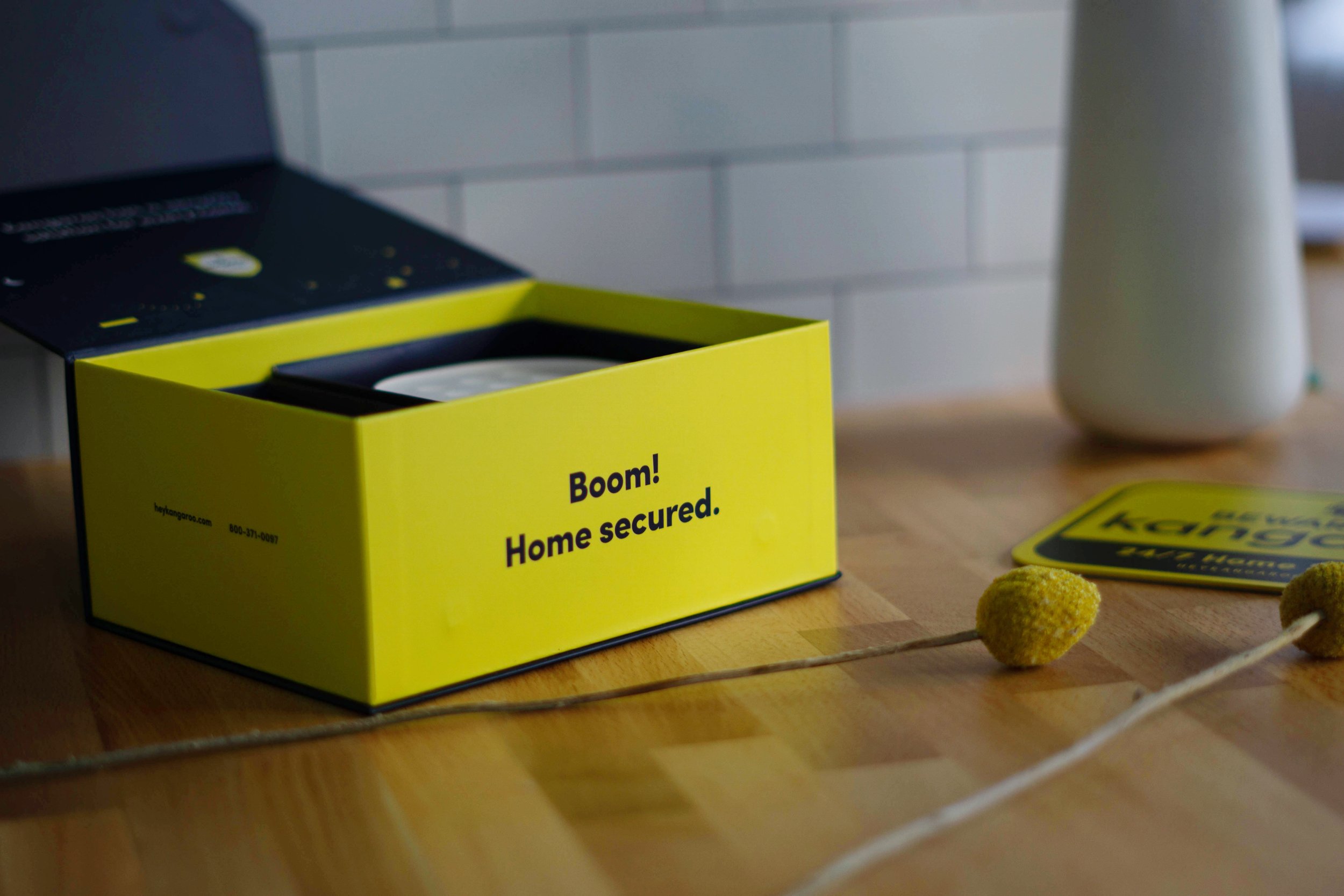
Security Systems Tailored for NYC Living: Our user-friendly security systems are perfect for apartments, condos, and high-rises.
Easy Installation and Remote Monitoring: No complex wiring – Kangaroo systems are simple to set up and allow you to monitor your home remotely, anytime, anywhere.
Variety of Security Cameras: From doorbell cameras to indoor and outdoor options, Kangaroo offers a range of solutions to keep every corner covered.
24/7 Professional Monitoring (Optional): For an extra layer of security, Kangaroo provides optional 24/7 professional monitoring, ensuring a prompt response in case of an emergency.
Frequently Asked Questions (FAQ)
-
NYC's crime rate has significantly decreased in recent years. It boasts a lower overall crime rate than the national average. However, crime rates can vary greatly by neighborhood.
-
Absolutely! Many neighborhoods are considered quite safe. Some popular choices include the Upper West Side, Battery Park City, Greenwich Village, and the Upper East Side.
-
While some areas have higher crime statistics, it doesn't mean they're entirely unsafe. The key is to be aware of your surroundings, especially at night.
-
Generally, yes. The NYC subway system (NYC MTA) is vast and convenient, and most stations are well-lit and have a constant flow of people. However, as with any big city, it's always wise to stay alert and avoid isolated areas or deserted stations late at night.
-
NYC's crime is primarily property crime, such as theft and burglary. Violent crime rates are lower than the national average. However, it's important to be aware of your surroundings and take precautions to avoid becoming a target for any type of crime.
-
Here are a few:
Do your research: Learn about the specific areas you plan to visit and their crime rates.
Stay with the crowds: Avoid isolated areas, especially at night.
Be mindful of your belongings: Keep valuables out of sight on public transportation and in crowded areas.
Trust your gut: If a situation feels unsafe, remove yourself.
Use the buddy system: Explore with a friend or family member, especially at night.
-
Brooklyn is a vast borough with a variety of neighborhoods, each with its own crime rate. Generally, Brooklyn's crime rate is slightly higher than Manhattan's. However, safe areas exist throughout Brooklyn, like Park Slope or Brooklyn Heights. Research specific neighborhoods to get a clearer picture.
-
It depends on the neighborhood. Well-lit, populated areas are generally safe for walking alone during the day or early evening. In quieter areas or late at night, it's best to walk with a friend or use a ride sharing service.
-
While crime rates fluctuate, some areas historically have higher crime statistics. It's always best to research and be extra cautious in areas like East New York, Brownsville in Brooklyn, and certain parts of the Bronx.
-
Crime rates do fluctuate, but major crime waves are uncommon in NYC. Staying informed by checking NYPD crime data can help ease concerns.
-
If you see a crime in progress, don't intervene. Call 911 immediately and report the incident to the NYPD.
-
The NYPD website offers a comprehensive crime data section where you can search by borough, precinct, and crime type.
-
Central Park is generally very safe, especially during the day when it's bustling with activity. However, like any large park, it's wise to avoid secluded areas, especially after dark.
-
Licensed taxis are generally safe in NYC. Always hail a taxi from a designated taxi stand and ensure the meter is running. You can also use ride sharing apps like Uber or Lyft, which offer tracking features for added peace of mind.
-
Absolutely! While the Upper West Side is known for its safety and has decent subway access, several other NYC neighborhoods might be a good fit for your priorities. Here are a few options to consider:
Battery Park City: Located in Lower Manhattan, this planned community offers excellent safety ratings and convenient access to multiple subway lines (including the 1, N, R, and W trains).
Forest Hills Gardens: Nestled in Queens, this charming neighborhood boasts a strong sense of community and very low crime rates. While the commute is slightly longer, several subway lines (including the E, F, M, R, and LIRR) are accessible.
Tribeca: This trendy downtown enclave offers a vibrant atmosphere with a strong focus on safety. Several subway lines (including the A, C, E, 1, and R trains) provide easy access to other parts of the city.
Bloomfield (Staten Island): Staten Island often flies under the radar, but this borough offers some of the safest neighborhoods in NYC. Bloomfield is a family-friendly area with a low crime rate and access to the Staten Island Railway for connections to Manhattan.
-
Absolutely! Several suburbs surrounding New York City consistently rank high in safety statistics. Here are a few examples:
Garden City (Long Island): Located in Nassau County, Garden City boasts a low crime rate, excellent schools, and a charming downtown area. While there's no subway access, the Long Island Rail Road (LIRR) offers a convenient commute to Manhattan.
Scarsdale (Westchester County): This affluent suburb is known for its top-rated schools and quiet neighborhoods. Metro-North Railroad provides access to Midtown Manhattan.
Hoboken (New Jersey): Just across the Hudson River, Hoboken offers a vibrant urban atmosphere with a strong sense of community. The NJ Transit system provides easy access to various parts of Manhattan.



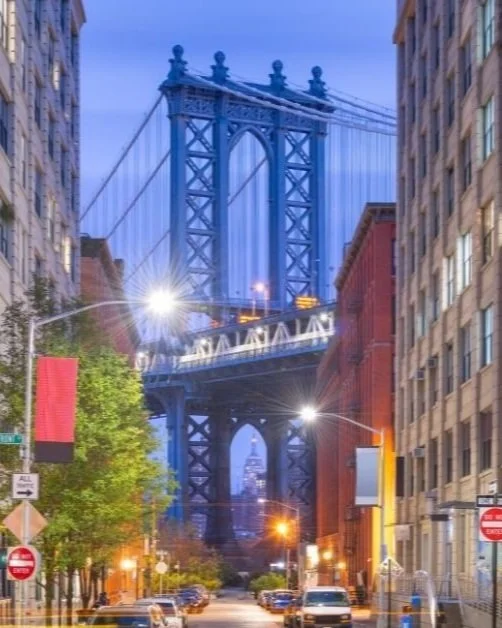
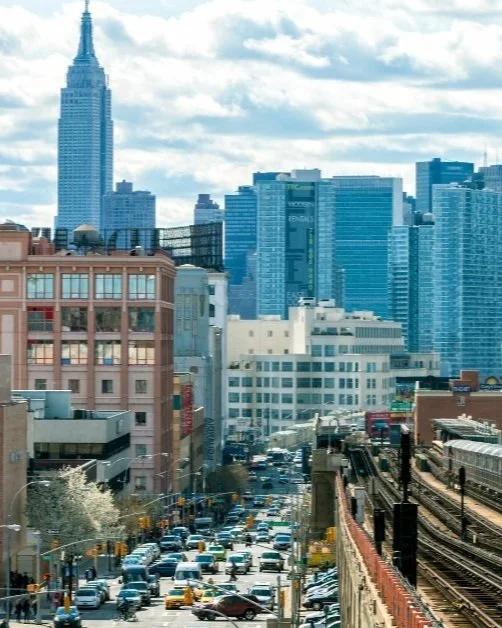
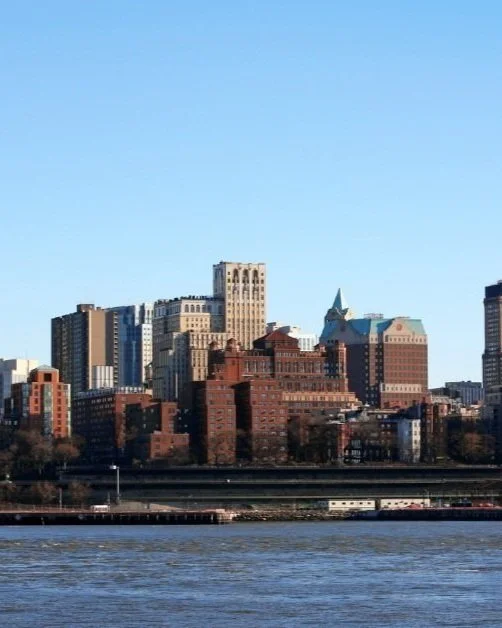

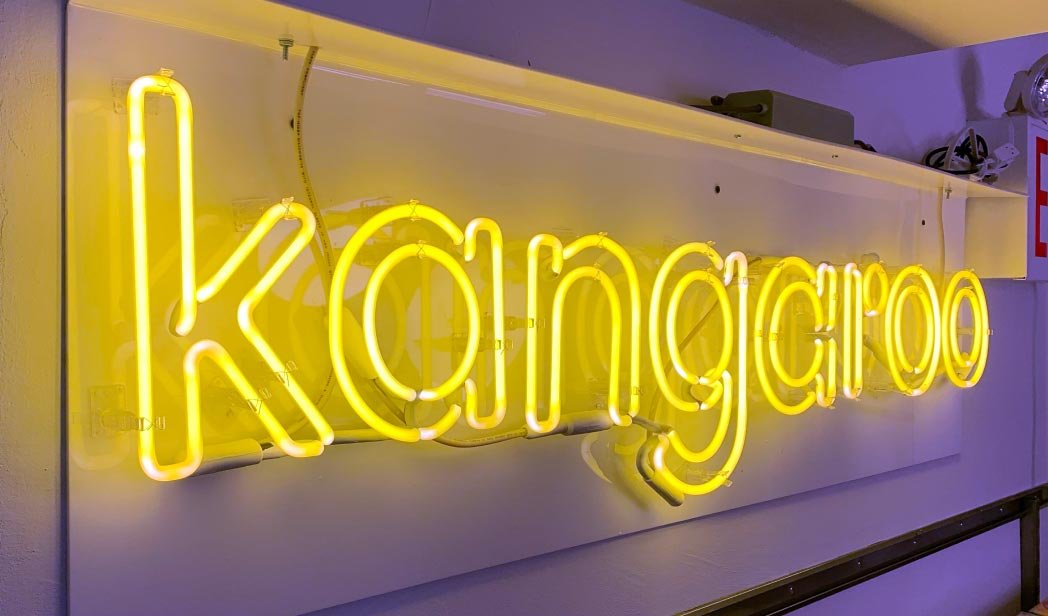
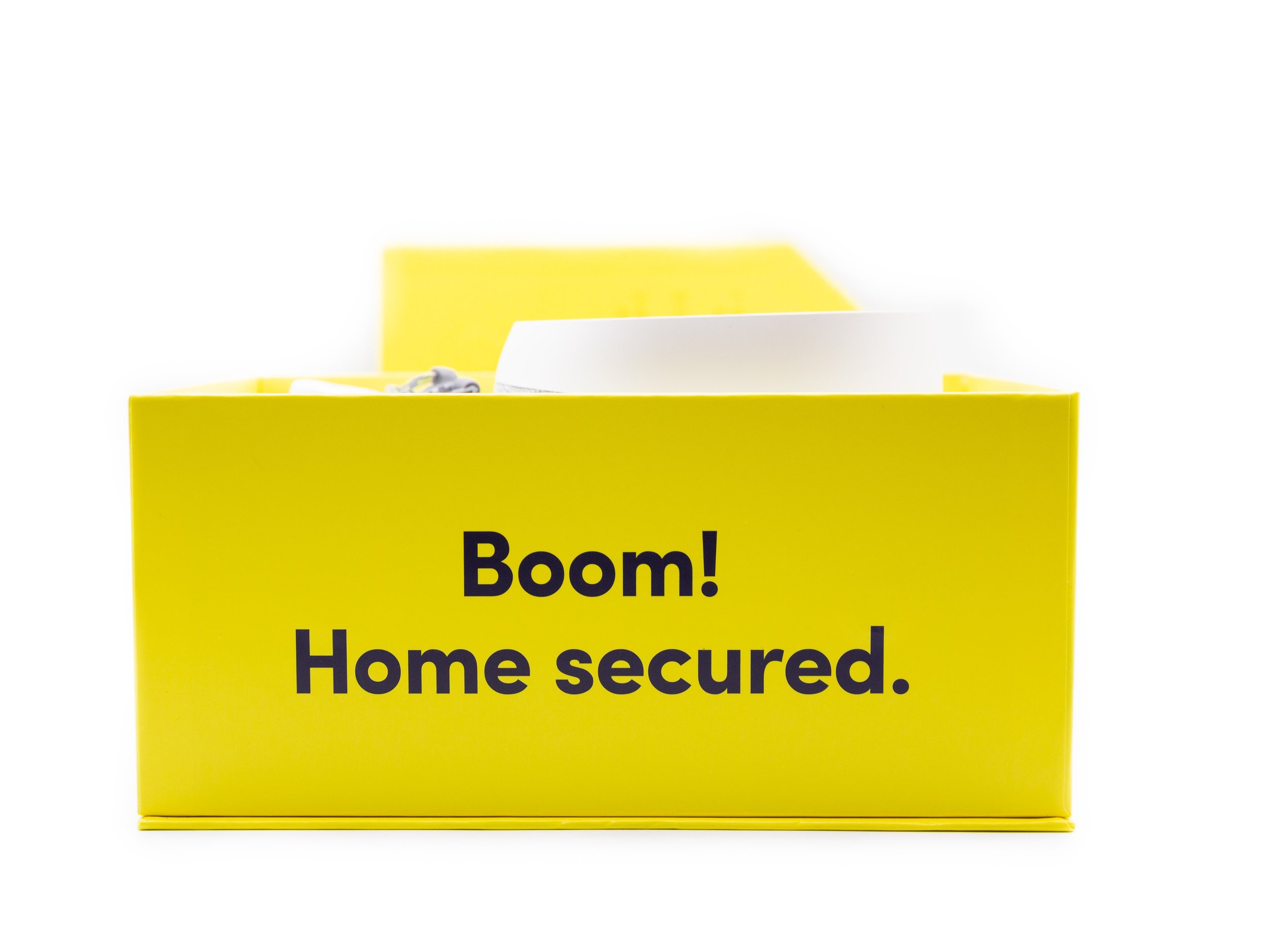

![[QUIZ] What's Your Home's True Security Vulnerability Score?](https://images.squarespace-cdn.com/content/v1/6047adb1f3383c71b64f494b/7b99bd74-f07d-42ae-a096-72ee222bde79/IMG_4306.jpg)



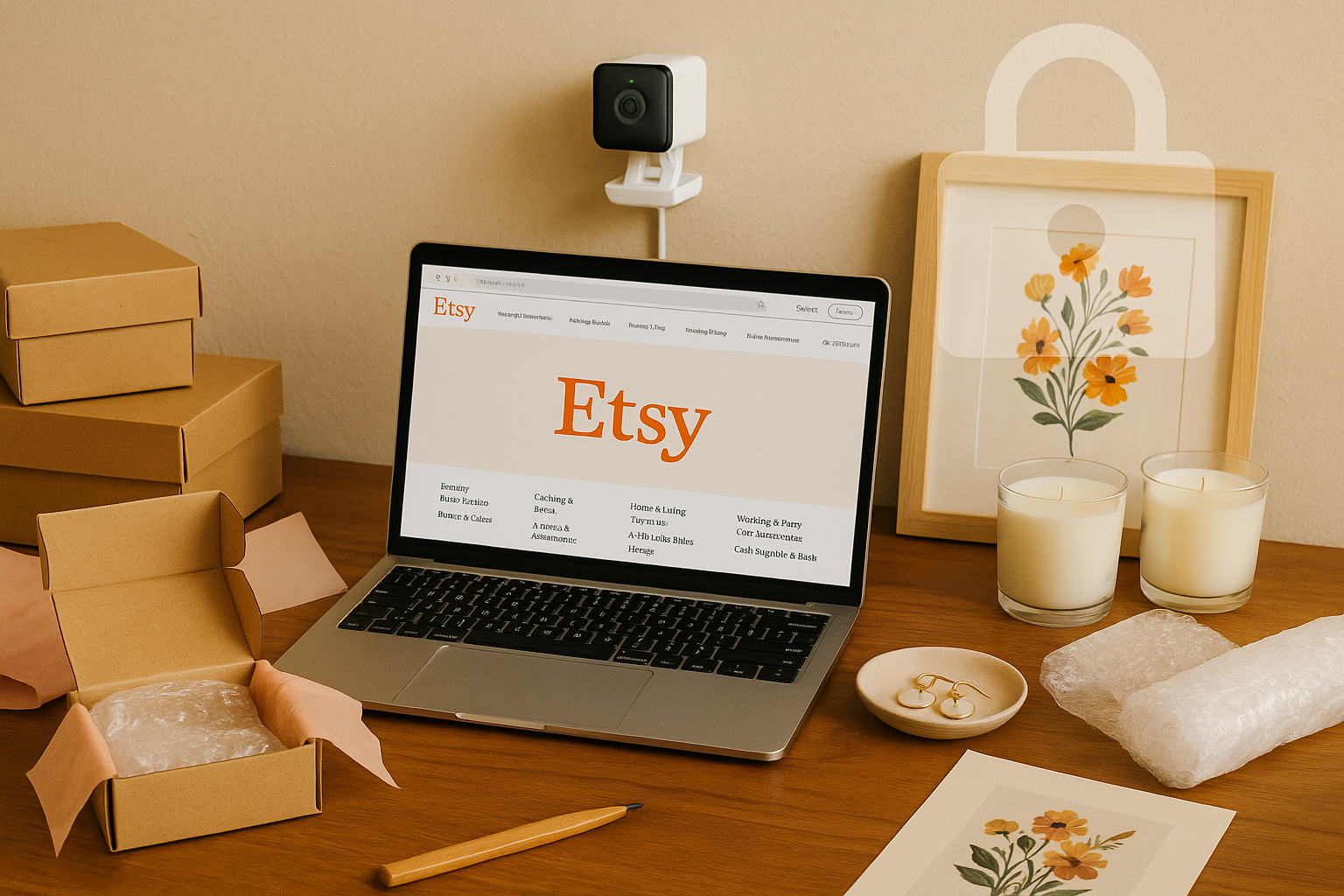



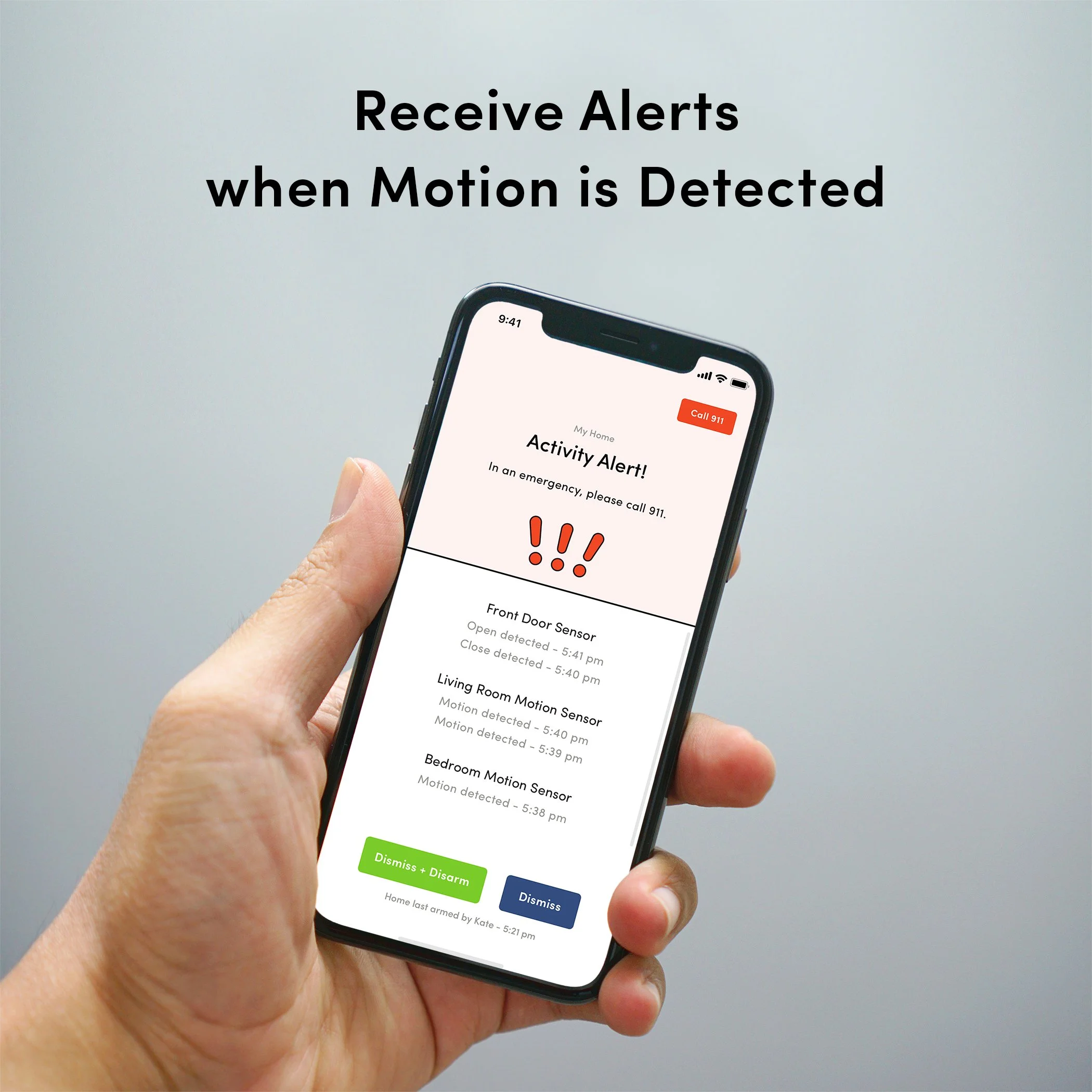





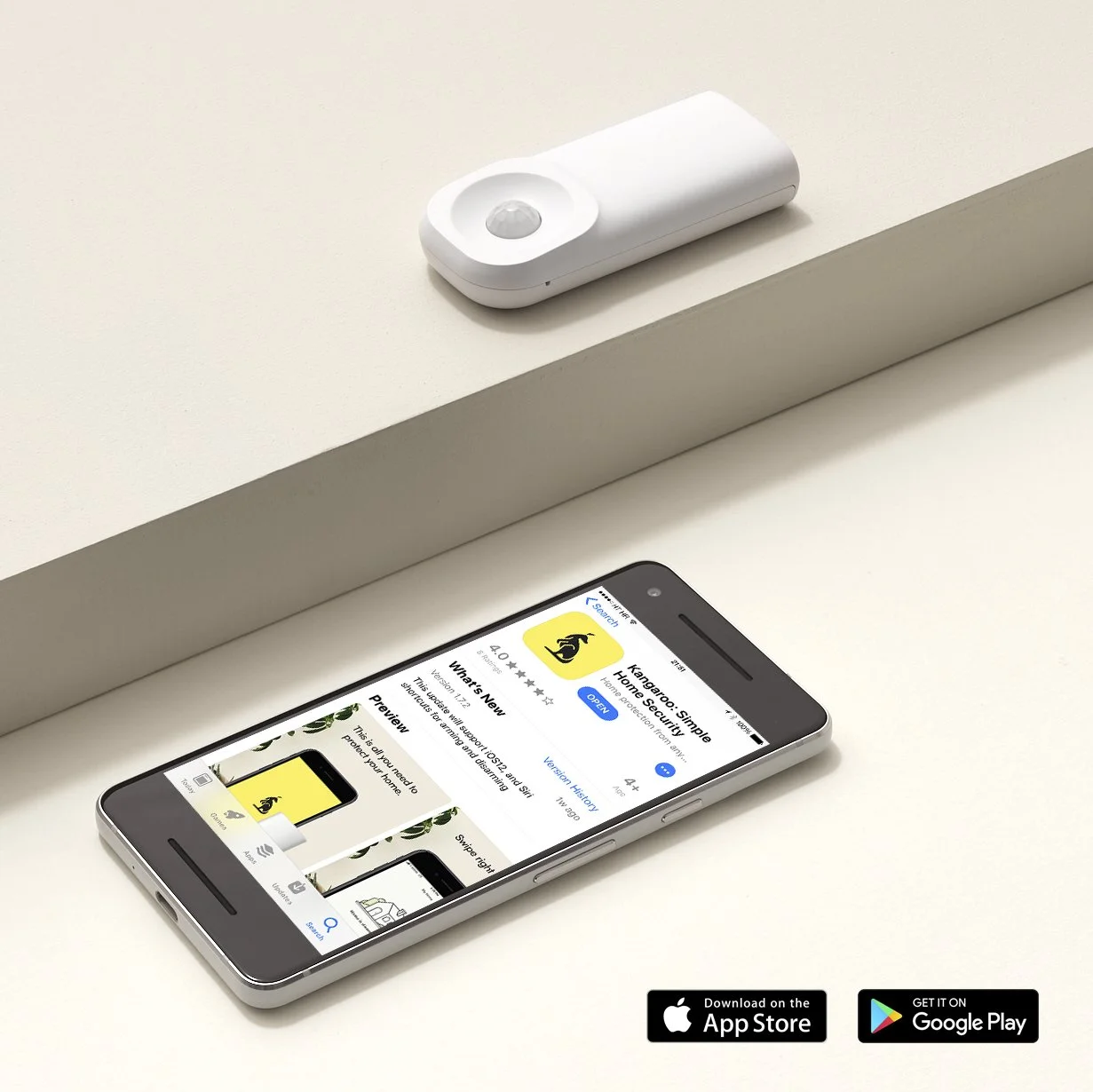
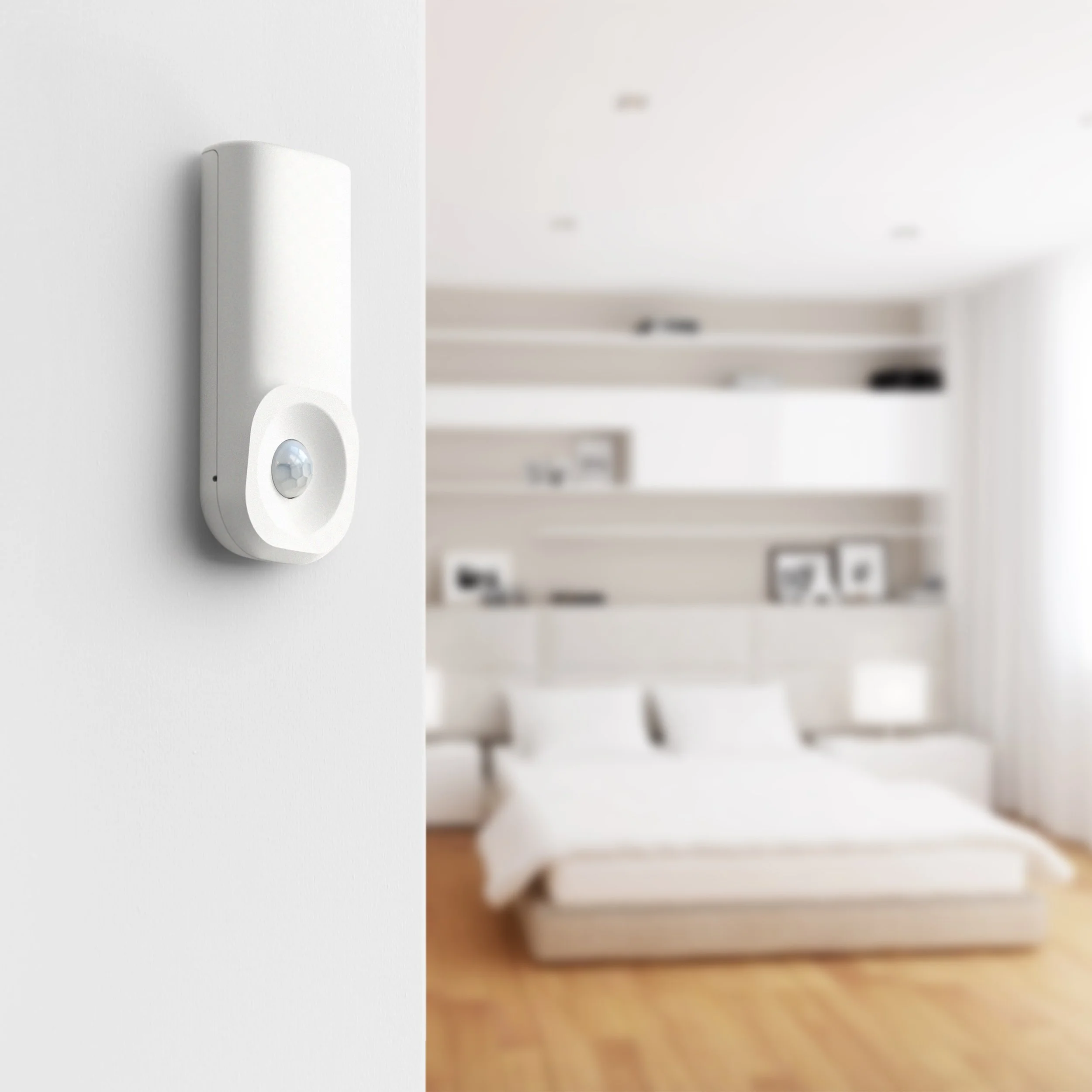
Think more cameras mean more safety? Discover 3 ways an over-secured home can attract burglars and learn why smart, discreet security is the better choice.